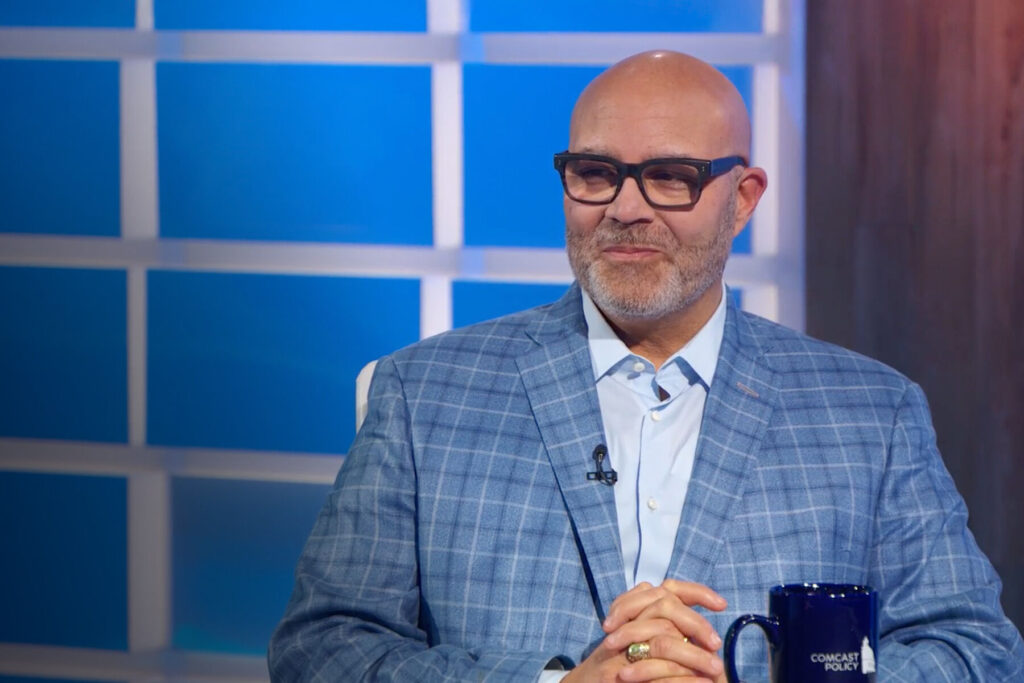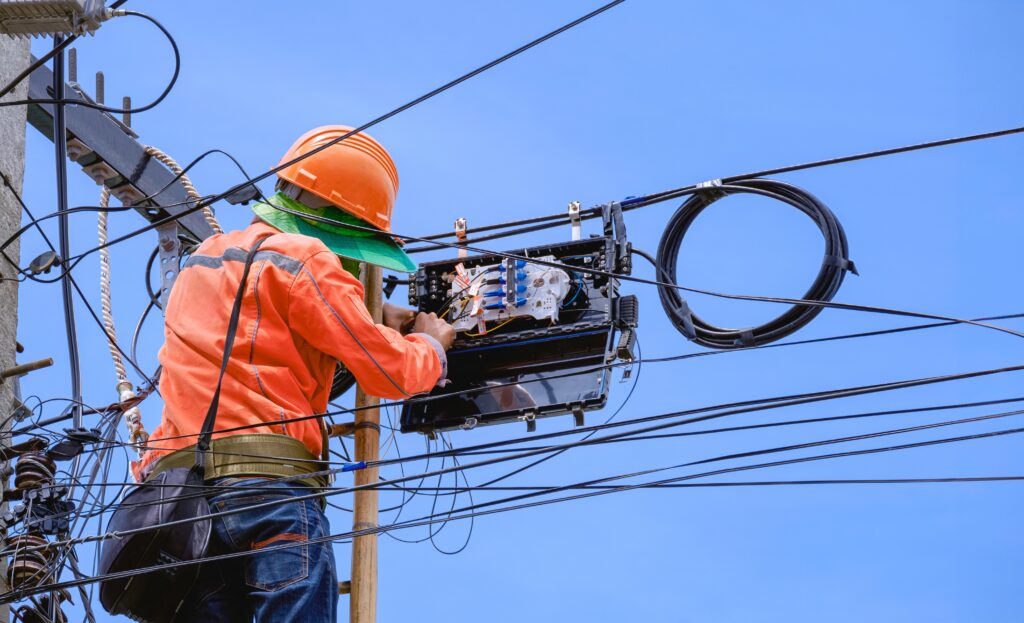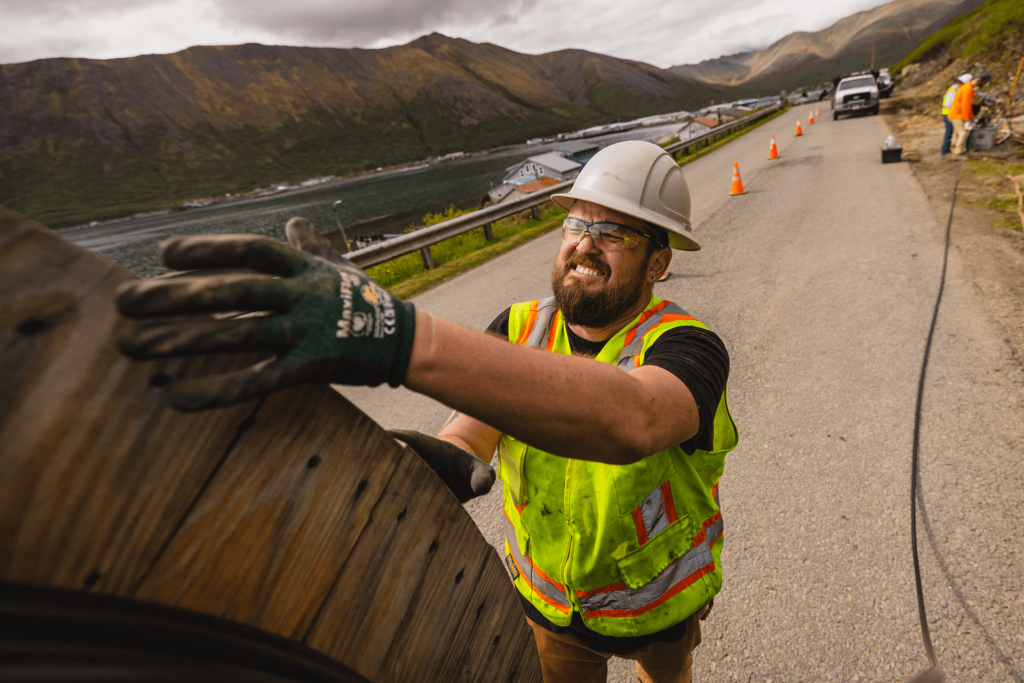Sandvine’s spotlight on subscription TV piracy released earlier this month highlighted some of the major problems that unlicensed content is causing in the media and entertainment space. The costs that are lost to content creators– which TV piracy services are essentially stealing from– could mean less money to invest in creative programming in the future. But another issue that the report raised which isn’t talked about very much is phantom bandwidth and its effect on cable operators and consumers. But first, what is phantom bandwidth?
Sandvine defines phantom bandwidth as “data that is transmitted but not viewed by anyone.” While some streaming services, like Netflix, build in protections to stop streaming TV after a set amount of time of viewer inactivity, set-top boxes that are designed mainly to consume pirated video have no such protections and will stream content continuously until the box is powered off. This “constant streaming results in a tremendous amount of ‘phantom bandwidth,'” according to the report.
“It’s consumption of data that’s not actually being enjoyed because it just ends up being a cost for subscribers and potentially a cost for operators, as they would have to deal with customer service issues,” said Dan Deeth, manager of media and industry relations for Sandvine. “It’s a quality problem,” he further explained. As operators are dealing with a finite amount of space, they would need more equipment to have the network operating efficiently. “So it’s essentially traffic that’s taking up space on the network that doesn’t need to be there,” a network utilization cost.
In fact, Sandvine reports that if these devices were to stream continuously for 24/7 at the same rate that Netflix consumes traffic, it would consume up to 1.1 TB of internet traffic a month. The report also found that phantom bandwidth consumption causes the traffic share of TV piracy services to increase at night, long after Netflix users turn off their streams, which is when most people might be checking out for the night.
In this instance, “These boxes that are being created and put on the network don’t have the same engineering controls or quality controls as say, that Comcast or Charter implements,” Deeth explained. Cable companies vet vendors and have set-top boxes go through extensive testing for security and quality purposes. Meanwhile, the set-top boxes that are made to stream these pirated TV services, which are mostly made overseas, have no regard for network utilization and do not go through the same security protocols.
Overall, this could end up hurting subscribers as they may unintentionally consume an excess amount of bandwidth for content they aren’t even watching.








